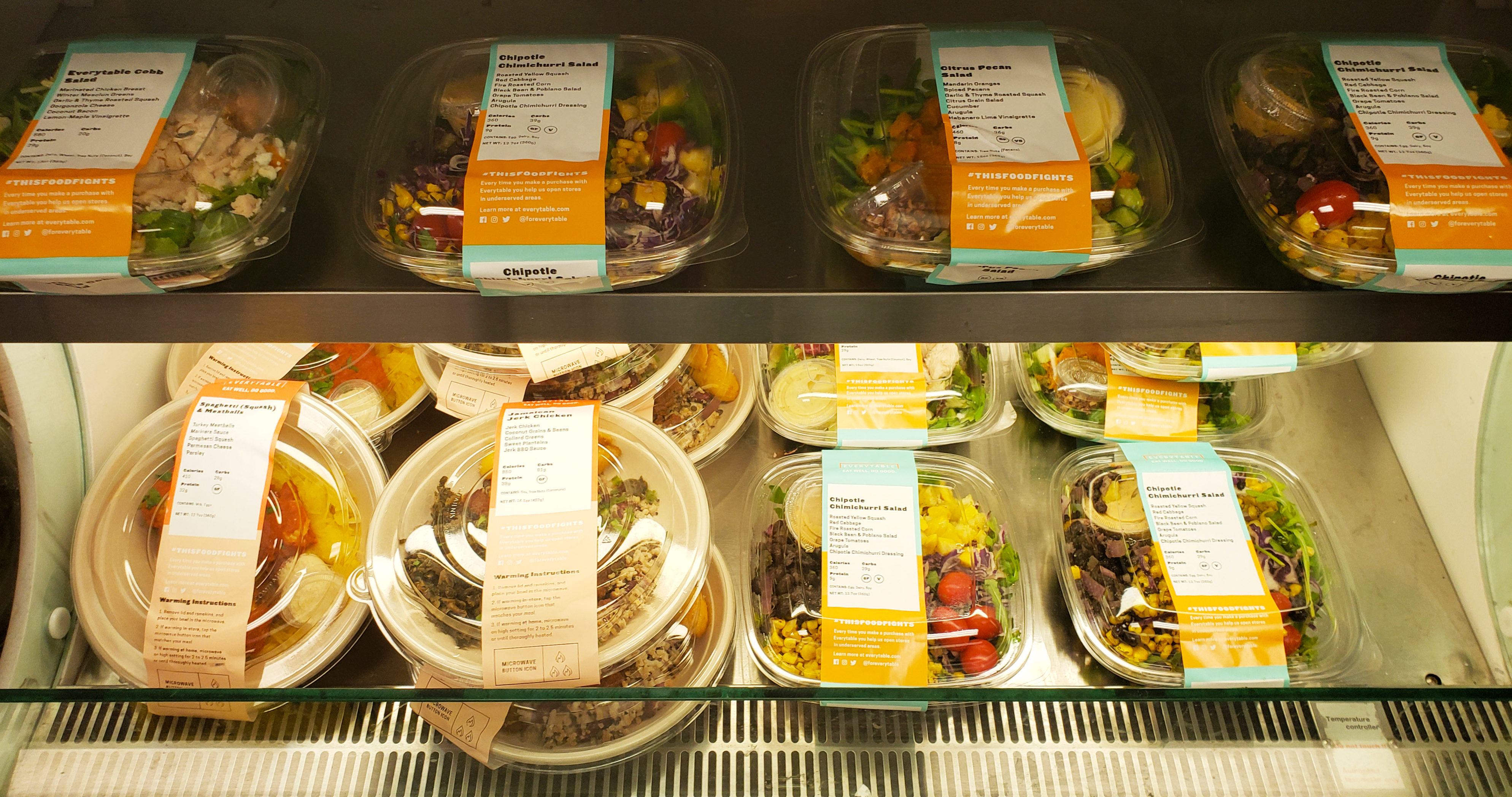
American workers are facing ‘Lunchflation’ as they are returning to the office after almost two years of working from home. Here’s more on the newest cause of worry for Americans going back to work.
What is Lunchflation?
Transitioning back to work from the office after almost two years of working from home is not easy. Additionally, rising prices of food, rising gas prices, and inflation are making it difficult to go back to the office. What makes this journey even more excruciating is that their daily expenses aren’t keeping up with their earnings.
From a salad bowl to a sandwich, the price of lunchtime meals across the US is increasing. This trend, dubbed ‘Lunchflation’ is very real and affects several workers across the nation.
The Producer Price Index for all food increased 14.3% between January 2021 and January 2022. The average hourly earnings among restaurant employees jumped 13.2%, as per the National Restaurant Association.
Why is lunch becoming costlier?
For example, Starbucks raised its prices in the US in October 2021 and again this year. Similar trends are common in several restaurants and chains. Salad chain Sweetgreen increased its prices by 10 percent. According to several companies, the rise in prices is the byproduct of global inflation.
According to a study by Square, a payments company, record-breaking prices are shocking people in several major US cities. As per the data, the YoY increase in the cost of food items in major US cities is –
- Wraps: +18%
- Sandwiches: +14%
- Salads: +11%
- Burgers: +8%
“Restaurants have been among the hardest-hit businesses over the past few years, and now they’re facing rising costs across all parts of their business due to labor shortages and supply chain constraints,” stated Bryan Solar. Solar is the head of restaurants at Square. A Wall Street Journal report shows, that as a result of lunchflation, people found a rise of $4 to $10 in their usual lunch orders. While a packed lunch is always cheaper and healthier than eating out, the grass isn’t greener on the other side. Lunchflation is also affecting grocery prices. Grocery values show an 8.6 percent YoY rise across the nation, the largest since 1981.
